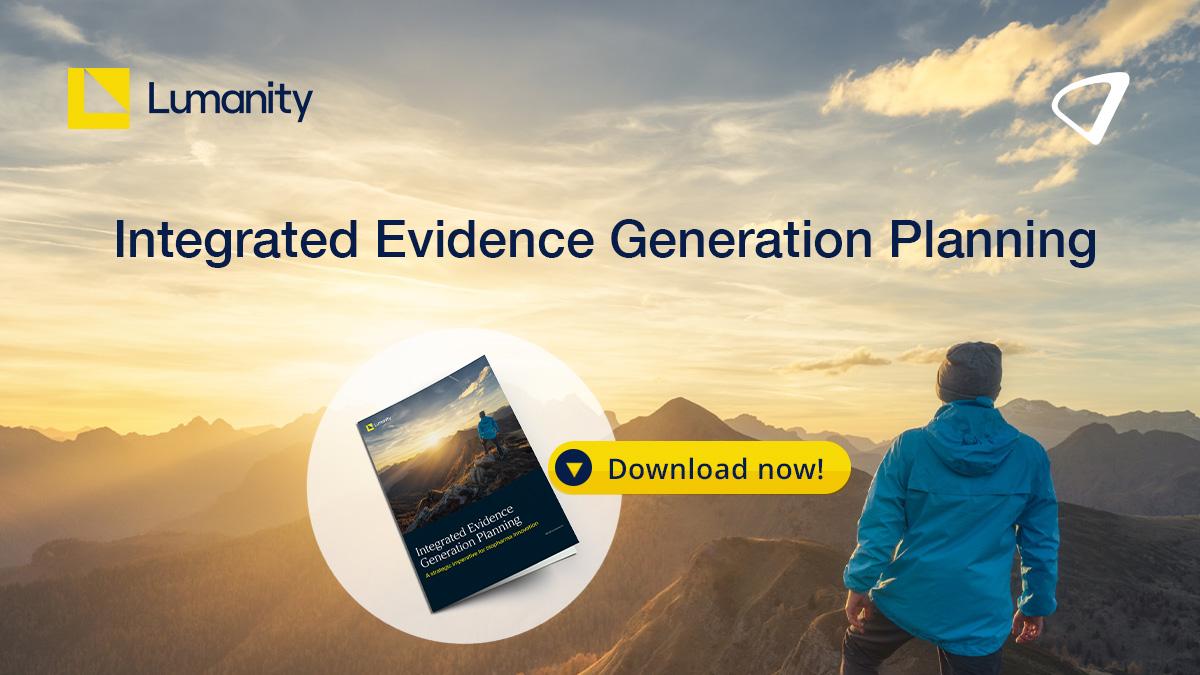The death of the pharma salesman

Richard Heale and Kevin Dolgin
The Thoughtware Group and University of Paris
(Continued from “Is pharma’s engagement with social media – SICK?”)
Arthur Miller’s ‘Death of a Salesman’ arguably highlights the gap between reality and aspirations.
The ‘Death of the Pharma Salesperson’ does not reflect such a dichotomy. Rather, it is in the strategy employed to replace this pharmaceutical industry icon that the dichotomy between reality and aspirations may lie.
Is the pharma salesperson really dead?
Recent research, in which The Thoughtware Group’s (TTG) Thinking Insight Bureau Service played a key analytical role, has shown a significant correlation between the specific concepts and sentiments used by physicians to describe a sales representative’s visit and their intention to prescribe and / or to change their prescribing habits.
In other words, if the pharma salesperson says the right thing, the physician is highly likely to change their prescribing behaviour in a positive way.
Furthermore, the research has shown that the concepts and sentiments that correlate with a behavioural change in prescribing habits may change over time, and may also be influenced by the sales region or country in which the sales representative and physician communication took place.
The research clearly shows that the pharma salesperson can deliver the goods – a sale – and hence revenue!
But, the question remains: ‘Could this result have been achieved more efficiently or effectively?’
"...the concepts and sentiments that correlate with a behavioural change in prescribing habits may change over time..."
Twists in the plot?
Much has been written of the demise of the pharma sales force. So does TTG’s research breathe new life into this supposedly dying institution? Is TTG’s research flawed? Or are there a number of deeper factors at play?
An old colleague recently reminded me of research that had shown unequivocally that 90% of the sales and marketing budget of one pharmaceutical company had been spent on its sales force, while only 10% of sales could be attributed to this channel.
Such anecdotal evidence is reinforced by the observation in a recent blog that pharmaceutical sales increased in the absence of a sales rep in a territory that was waiting to recruit one (http://blog.huthwaite.com.au/bid/56123/What-is-the-pharmaceutical-sales-force-for).
But since when has cost-benefit or cost-effectiveness been a driving force behind pharma decision-making?
So, is the sales representative an endangered species on the edge of extinction? Is the sales force really an ineffectual arm of the changing pharma organization that is unable to meet the demands of the marketplace?
Or is it the sales model employed by pharmaceutical companies that is past its ‘use by date’?
Does new Thoughtware need to be applied to the role of this traditional pharma standard bearer? Or is pharma facing a question of Orgware redefinition?
Is the notion of ‘selling’ outdated in a 21st century pharma organization or marketplace? Should ‘selling’ be replaced instead by the concept of ‘marketing’?
Is it possible that the ‘Cyber Pharma Sales Representative’ could be a viable future reality?
The plot thickens!
The sales force has always been and remains the principal means by which pharmaceutical companies communicate with customers.
Although it is likely that this will remain the case in the short term, the nature of pharma communication is already changing. New channels are appearing, both involving the sales force and outside of it. Only by understanding these changes will pharmaceutical companies remain competitive.
"Only by understanding these changes will pharmaceutical companies remain competitive."
Typically, sales force expenditure represents the greatest part of a pharmaceutical company’s budget. This should come as no surprise, considering it costs in excess of $100,000 to recruit a new sales representative with added operational and motivational inducements (http://www.haygroup.com/ww/downloads/details.aspx?ID=15044)
The need to increase cost-effectiveness is a major factor in the dramatic reductions in sales force sizes that have been seen since 2005, primarily driven by reductions in the USA and Europe. But it is not the only factor – there is also the increasing difficulty in accessing prescribers.
A reduction in the size of a sales force doesn’t necessarily mean a reduction in promotional activity. Pharmaceutical companies are looking for better solutions, leading to the use of other channels or efficiency-promoting tactics. These focus, in particular, on methods that improve access.
Such tactics include the use of:
• Non-sales field forces, such as market access or medical teams
• Partnerships (e.g. with health food suppliers)
• Social media (e.g. YouTube and Twitter)
• Distance detailing
• Closed-loop CRM systems
• Video telephone / conference systems, which triage physicians’ requests for problem-solving information (e.g. the Cisco Gateway System).
The essence of the play
All of these approaches may help to redefine the role of the pharma salesperson and sales process, but a more grounded approach may be to revert to first principles.
IMS in its report ‘The evolution of pharmaceutical sales: new models for a changing environment’ identifies a robust framework for examining the issues.
"Pharmaceutical companies are looking for better solutions, leading to the use of other channels or efficiency-promoting tactics."
However, it may be more enlightening to begin by examining the role of the sales person in detail and at the most basic level. This may provide a good starting point from which to assess possible alternatives.
For example, good sales people embody attributes that include:
• Building personal relationships
• Listening, more than telling
• Asking intelligent questions to diagnose problems and explore their implications
• Providing honest information and, where possible, knowledge
• Outlining the bigger picture, in the context of the marketplace, diagnostic or research.
While completing these tasks, the sales person:
• Accumulates new information and knowledge
• Works within the relevant guidelines and rules
• Identifies needs and develops opportunities
• Accommodates change in, for example:
o country environments
o mindsets
o funding pressures
o regulatory complexities
o types of products and market segments.
How can attributes and aspects such as these be addressed? Is there one answer, many answers or a set of integrated strategies that add up to a composite answer?
What role can technology play in generating and delivering answers? What should be the balance between a systems, personal and technological solution?
"What role can technology play in generating and delivering answers?"
The case for audience participation
One thing is clear. There is considerable value in listening to the ideas of all stakeholders involved, as opposed to pharma unilaterally deciding on the best solution.
As Pharma knows – Quality Research Pays Dividends!
Physicians, patients, payers, regulators and the media need to be encouraged to discuss the basic issues in appropriate forums. Discerning insights from this communication can, as has been shown by TTG research, generate some surprising perspectives, if not solutions.
The only question Pharma should therefore be asking is: ‘How best to achieve such a strategy?’ Unfortunately, that is where:
Reality and Aspirations May Diverge.
Acknowledgements:
*The author gratefully acknowledges the cartoon contribution to this article of Jock Macneish (Thoughtware Group) and the editorial skills of Oxford PharmaGenesis™ Ltd.
The next article in this series will be published on the 27th July
About the author:
Richard Heale is President of The Thoughtware Group (www.thinkinginsight.com).
Kevin Dolgin is an Associate Professor of Marketing at the University of Paris (consulting@kevindolgin.com).
The opinions expressed above are those of the authors.
The Thoughtware Group is represented in the European and North American pharmaceutical marketplaces by Oxford PharmaGenesis™ Ltd (www.pharmagenesis.com, tel: Graham Shelton +44 (0)1865 390144, e-mail: graham.shelton@pharmagenesis.com).
How can audience participation be encouraged?
















